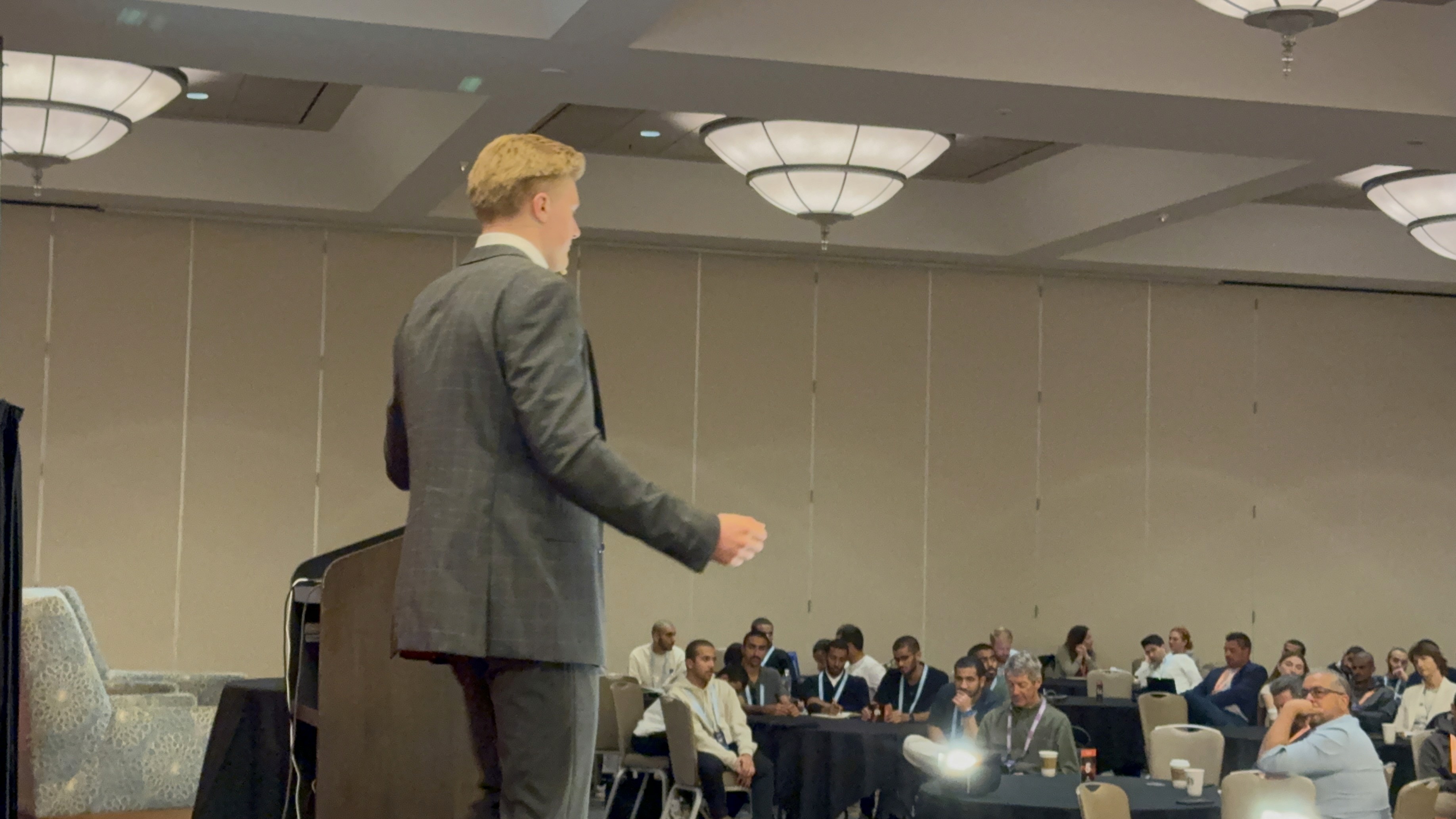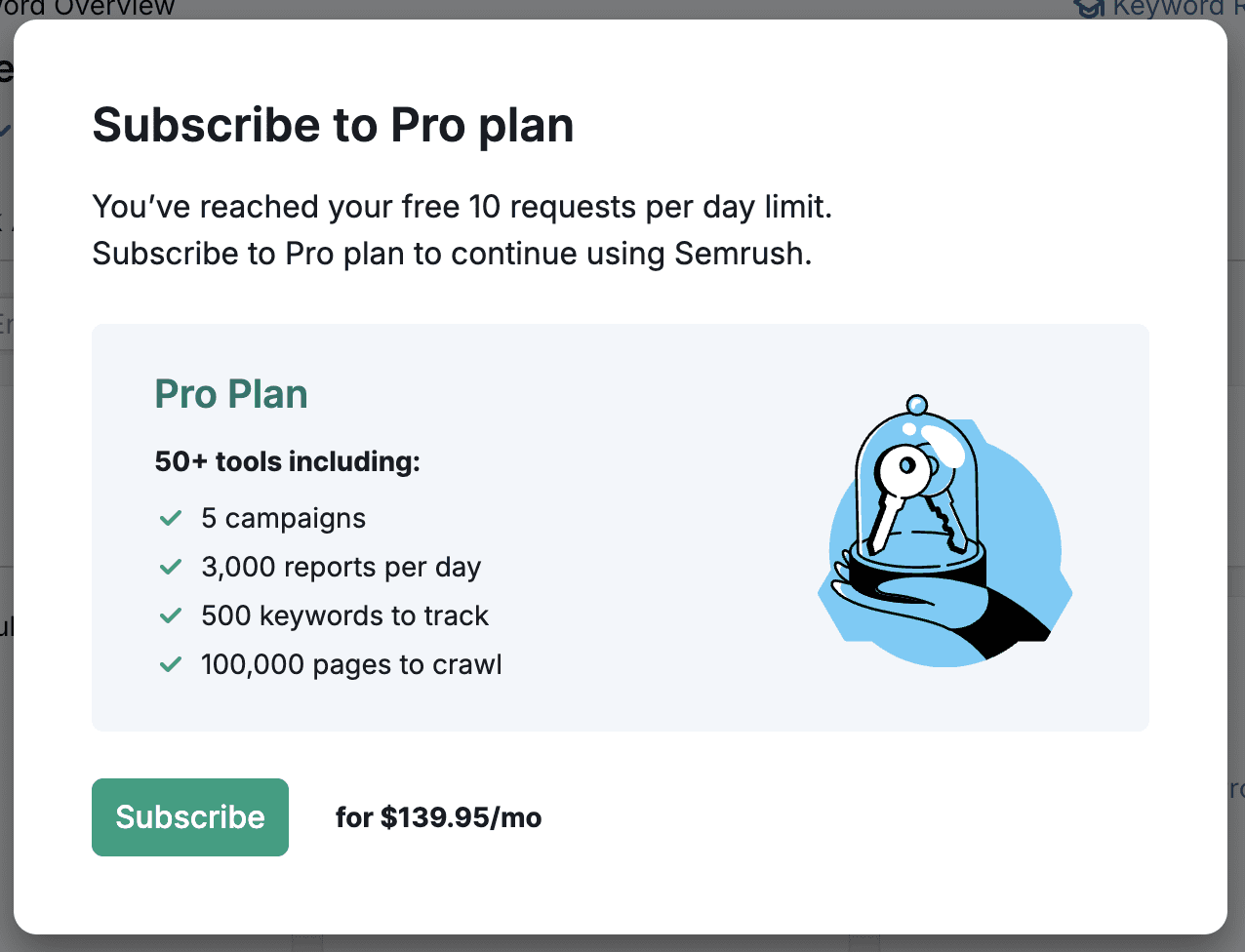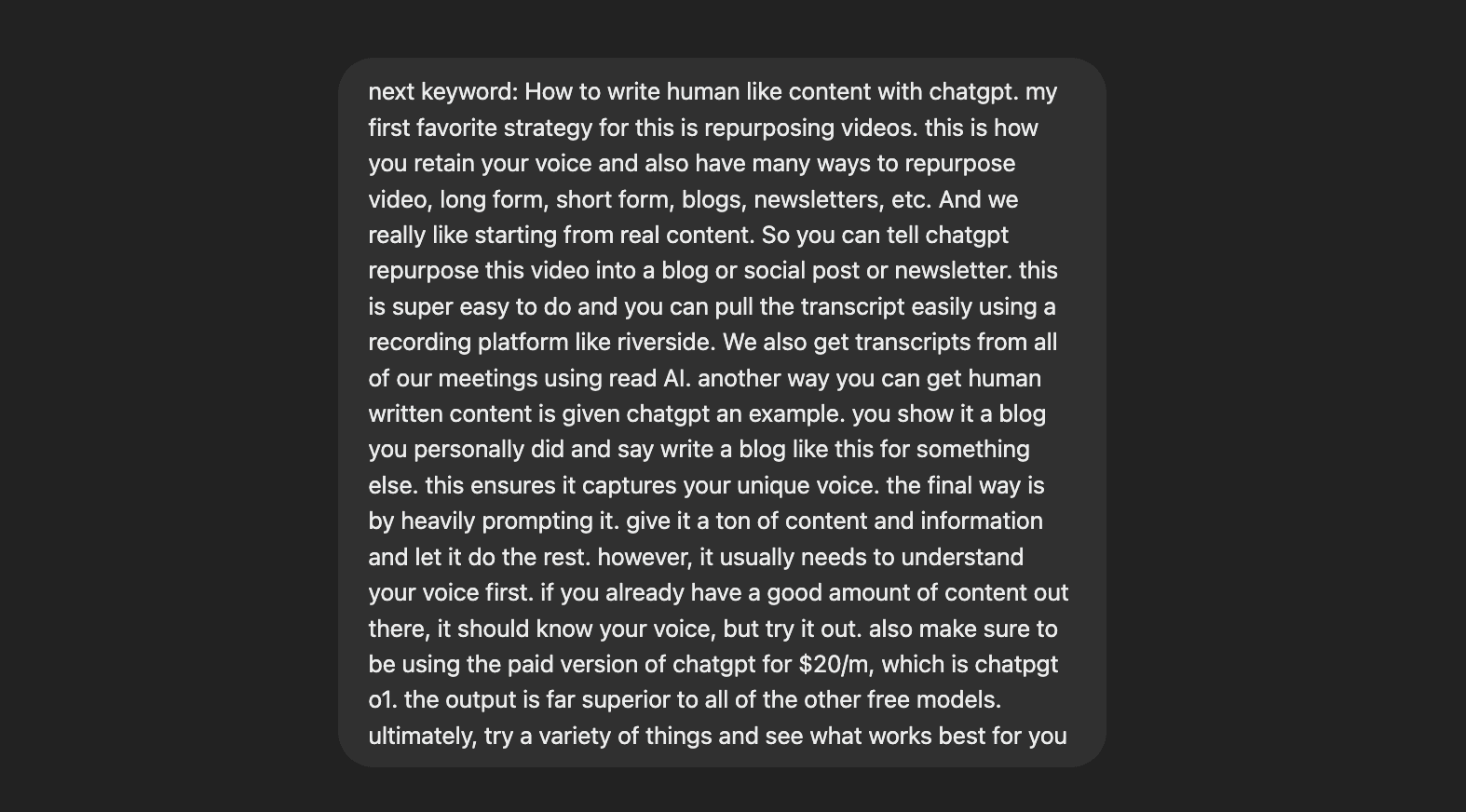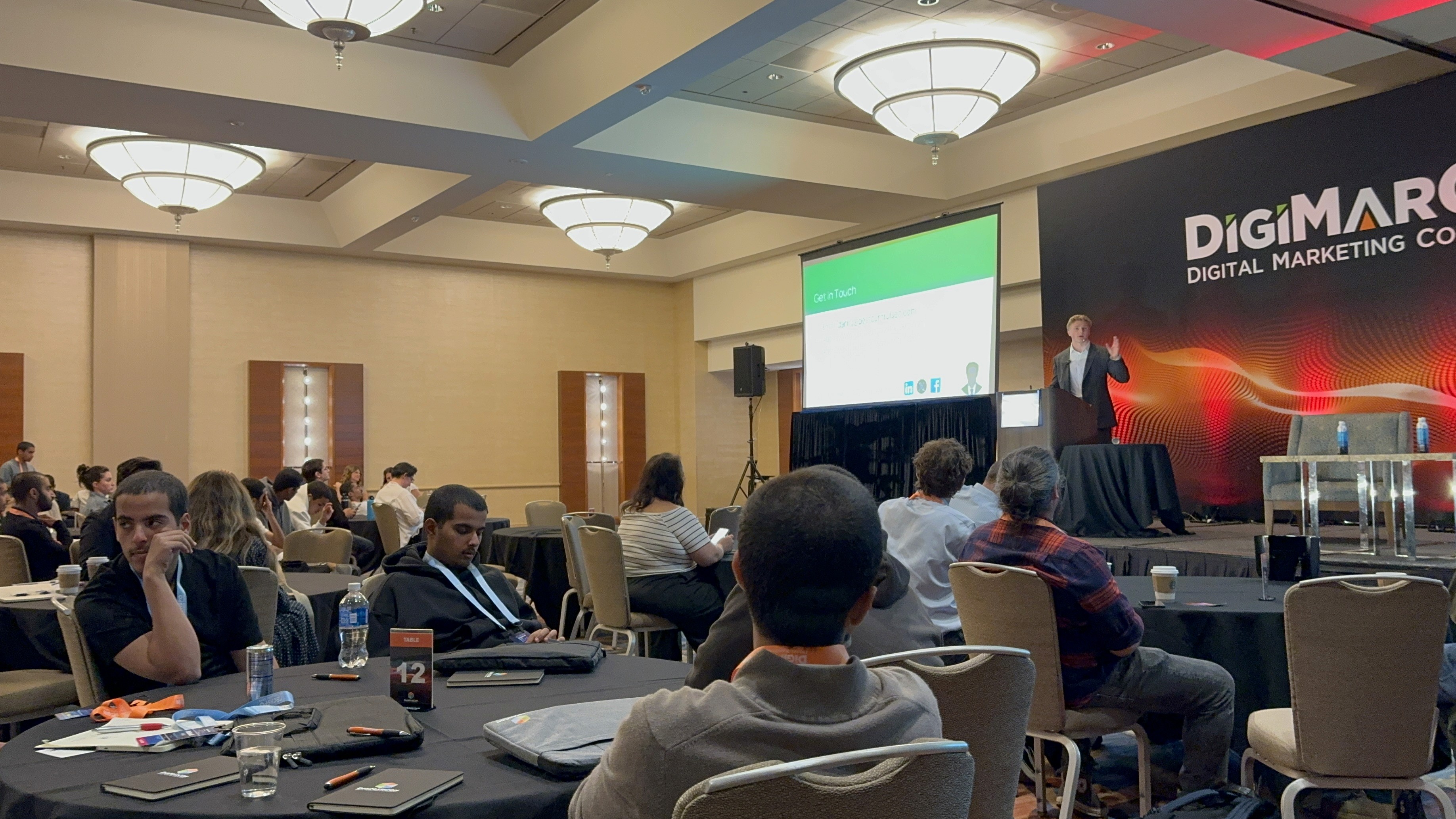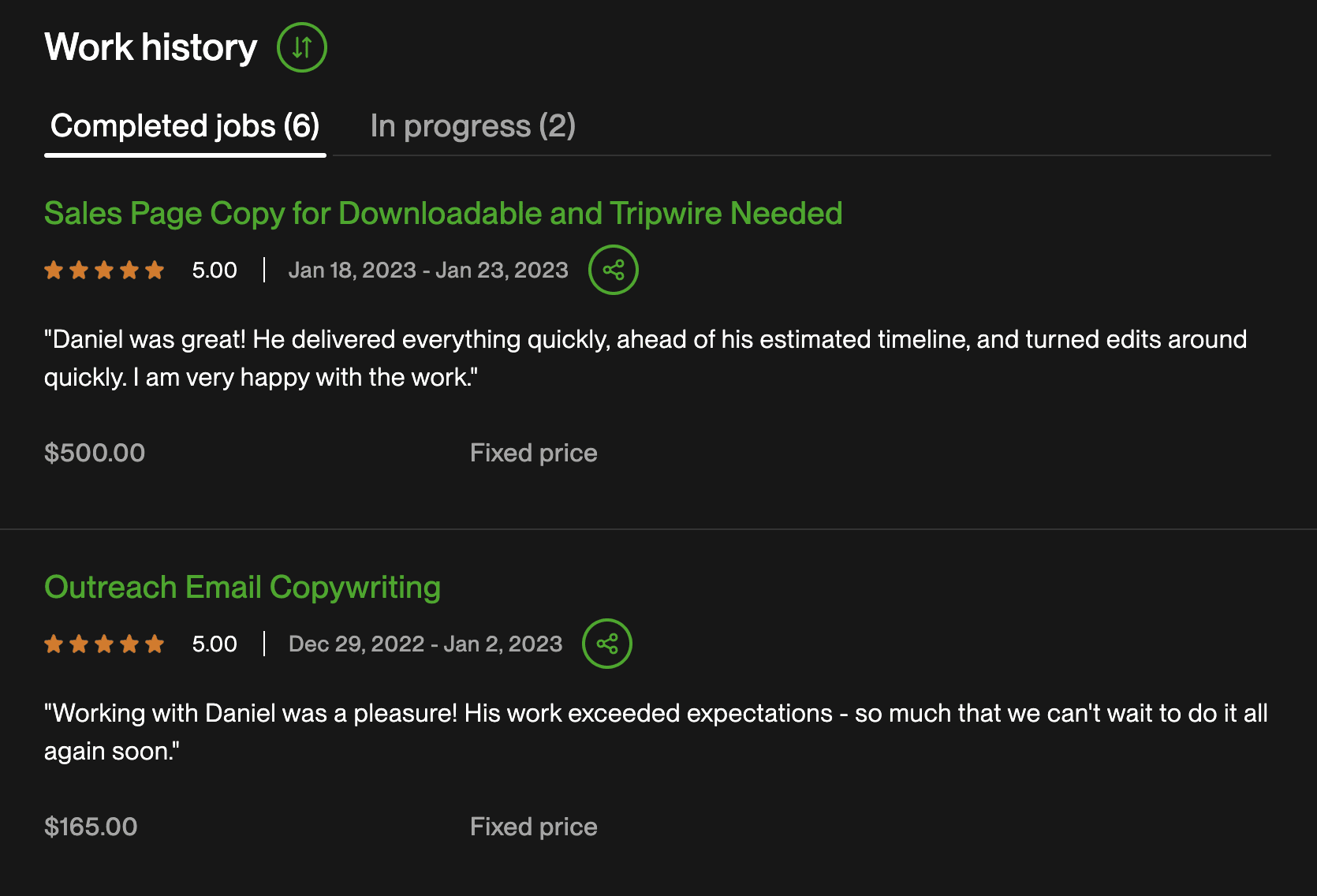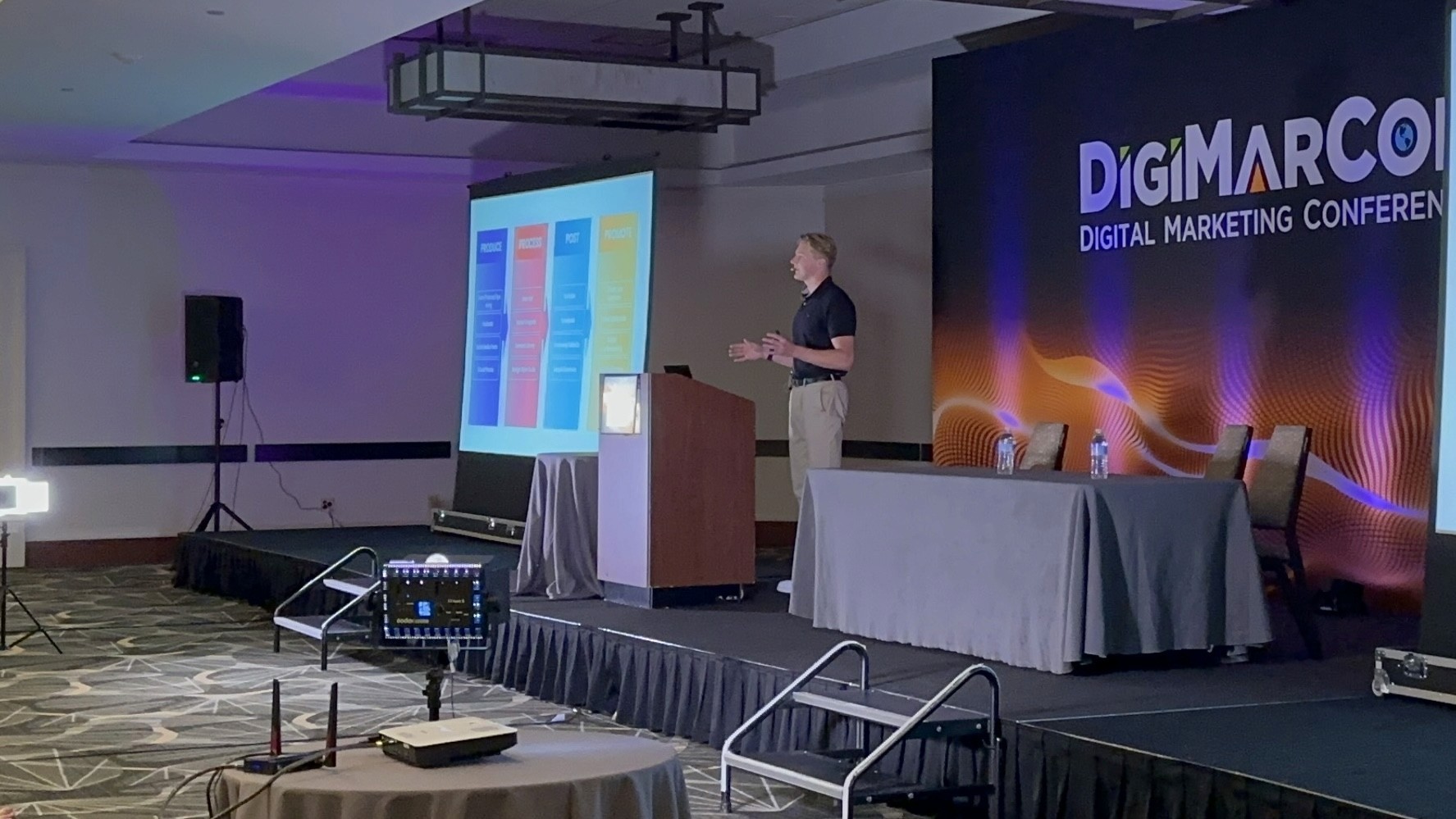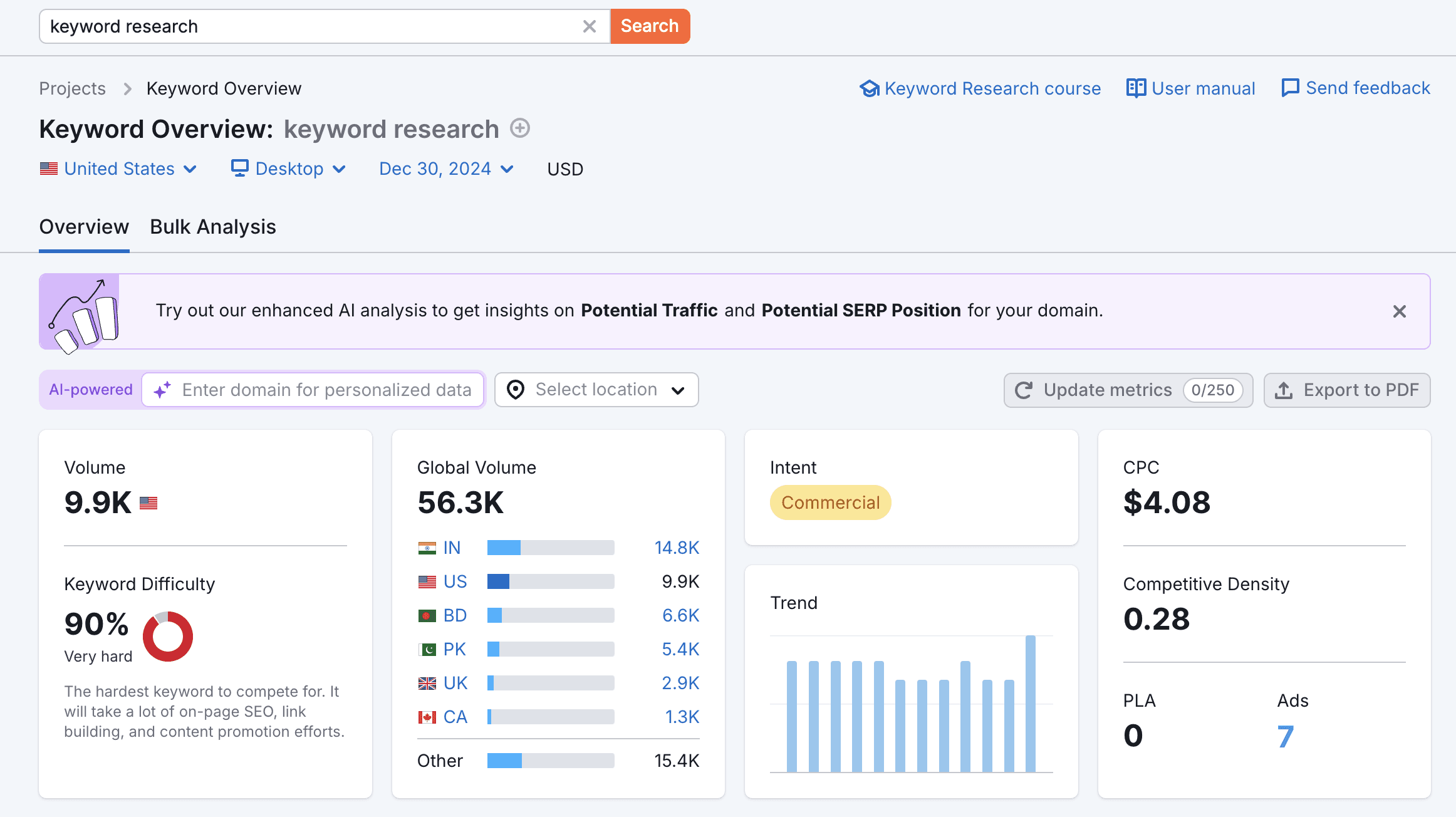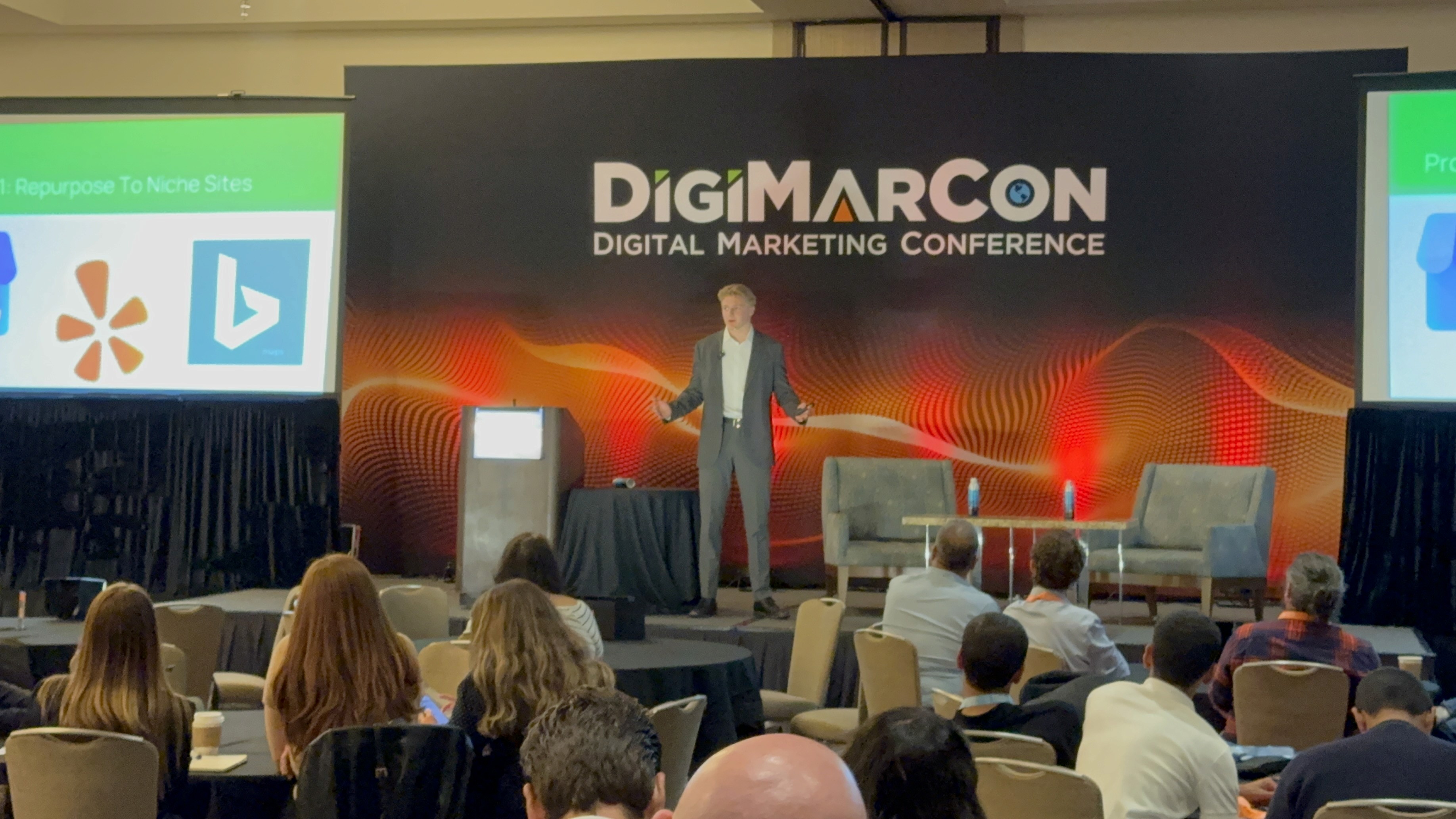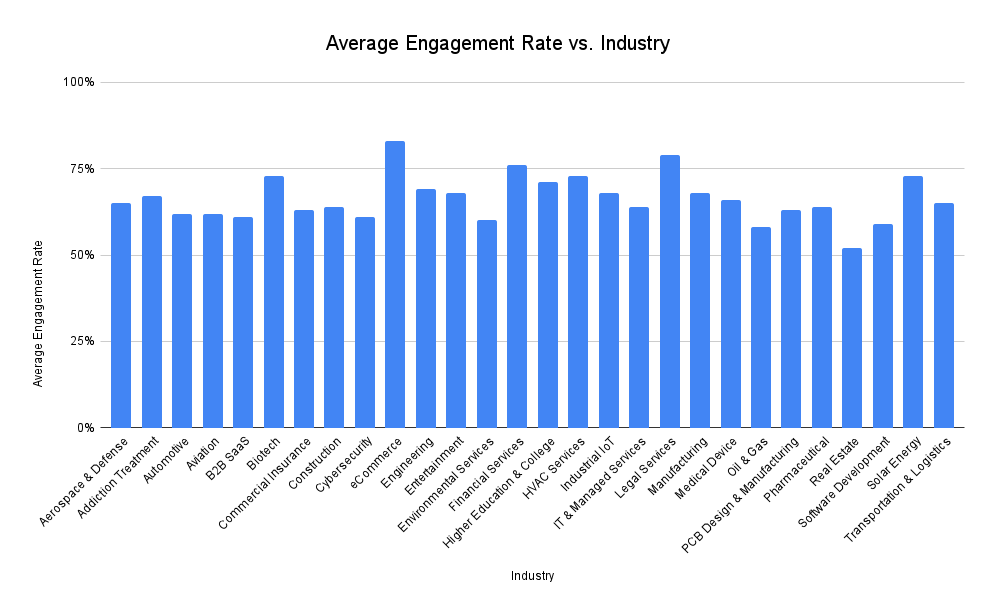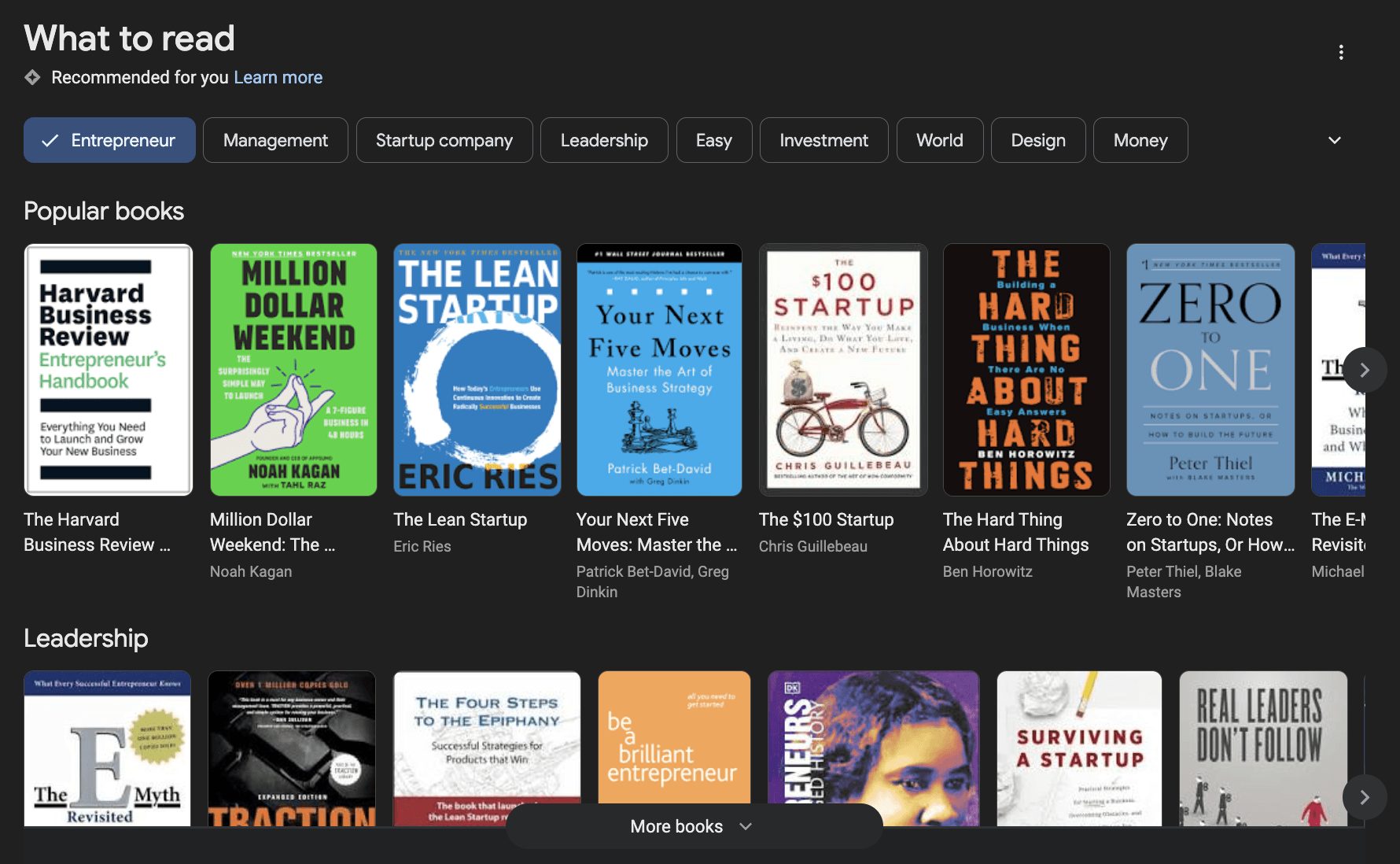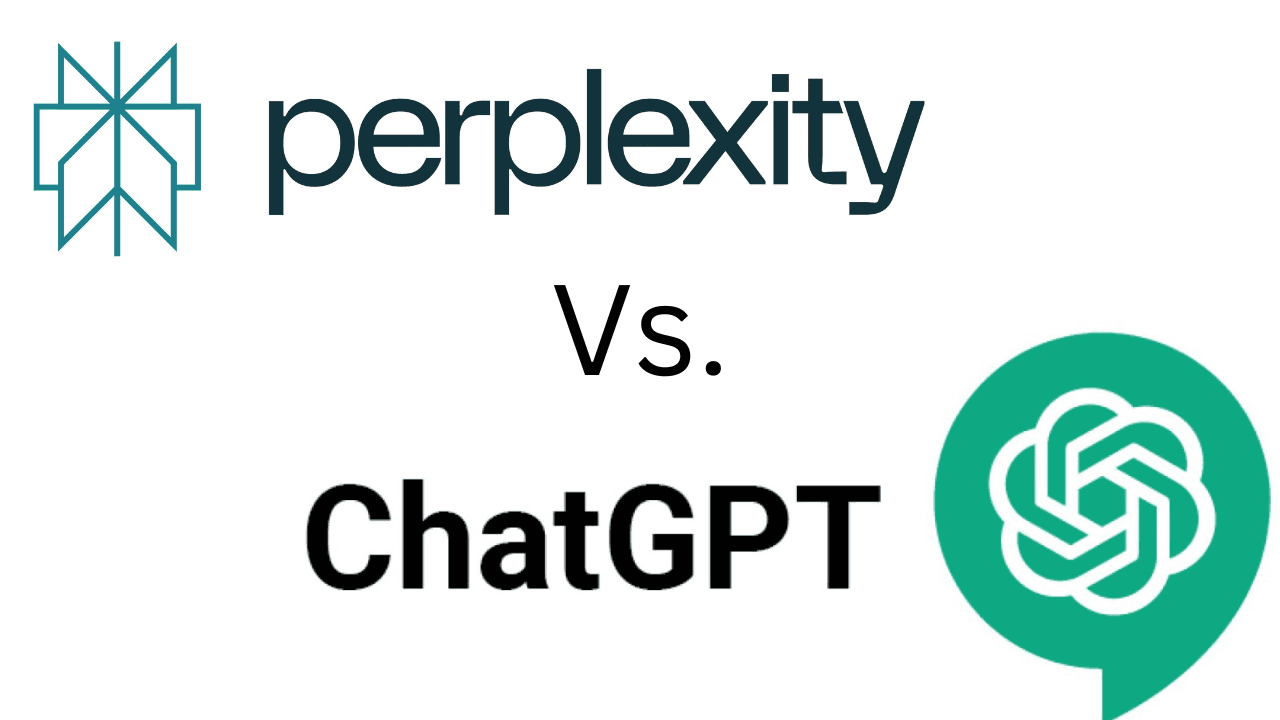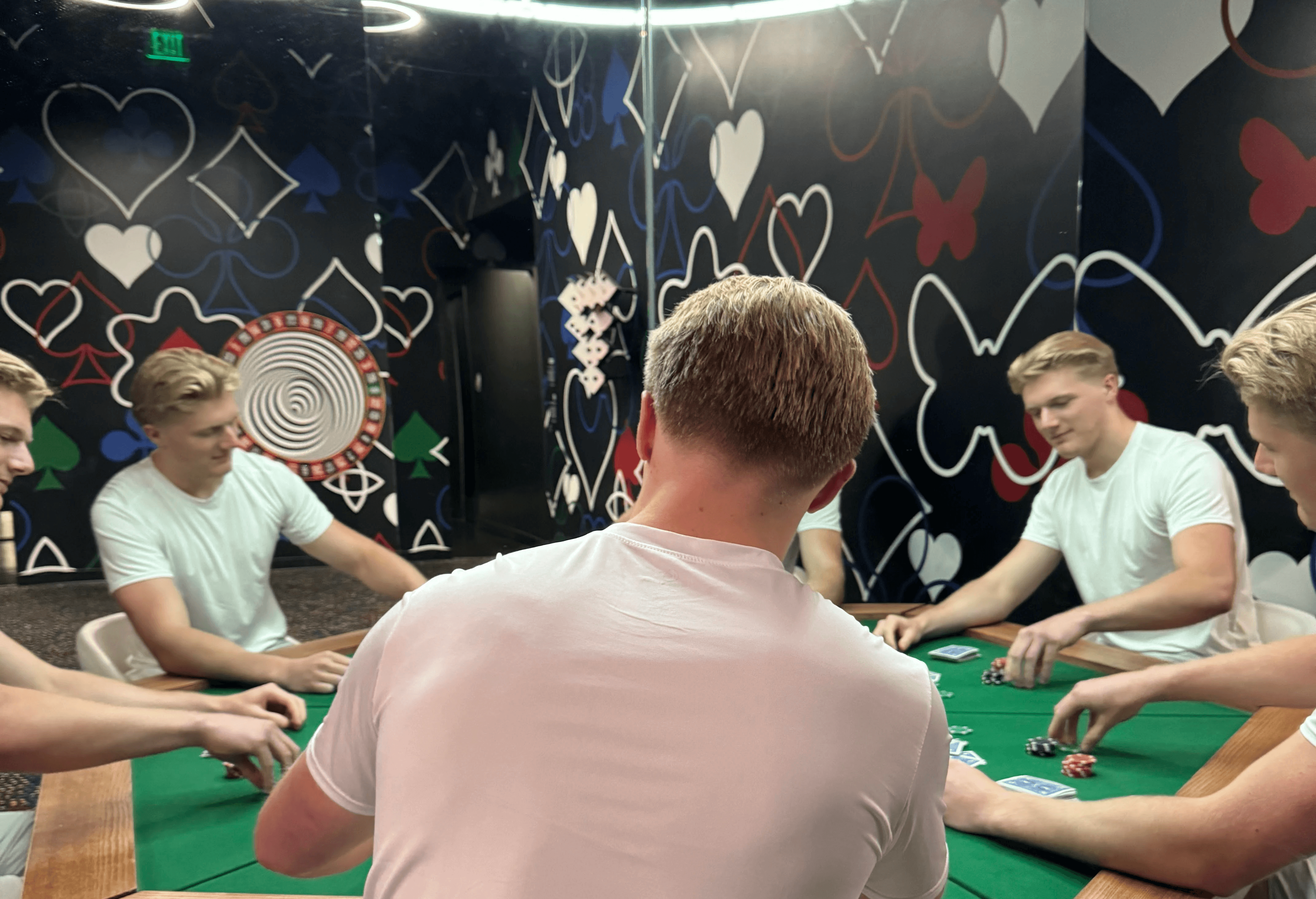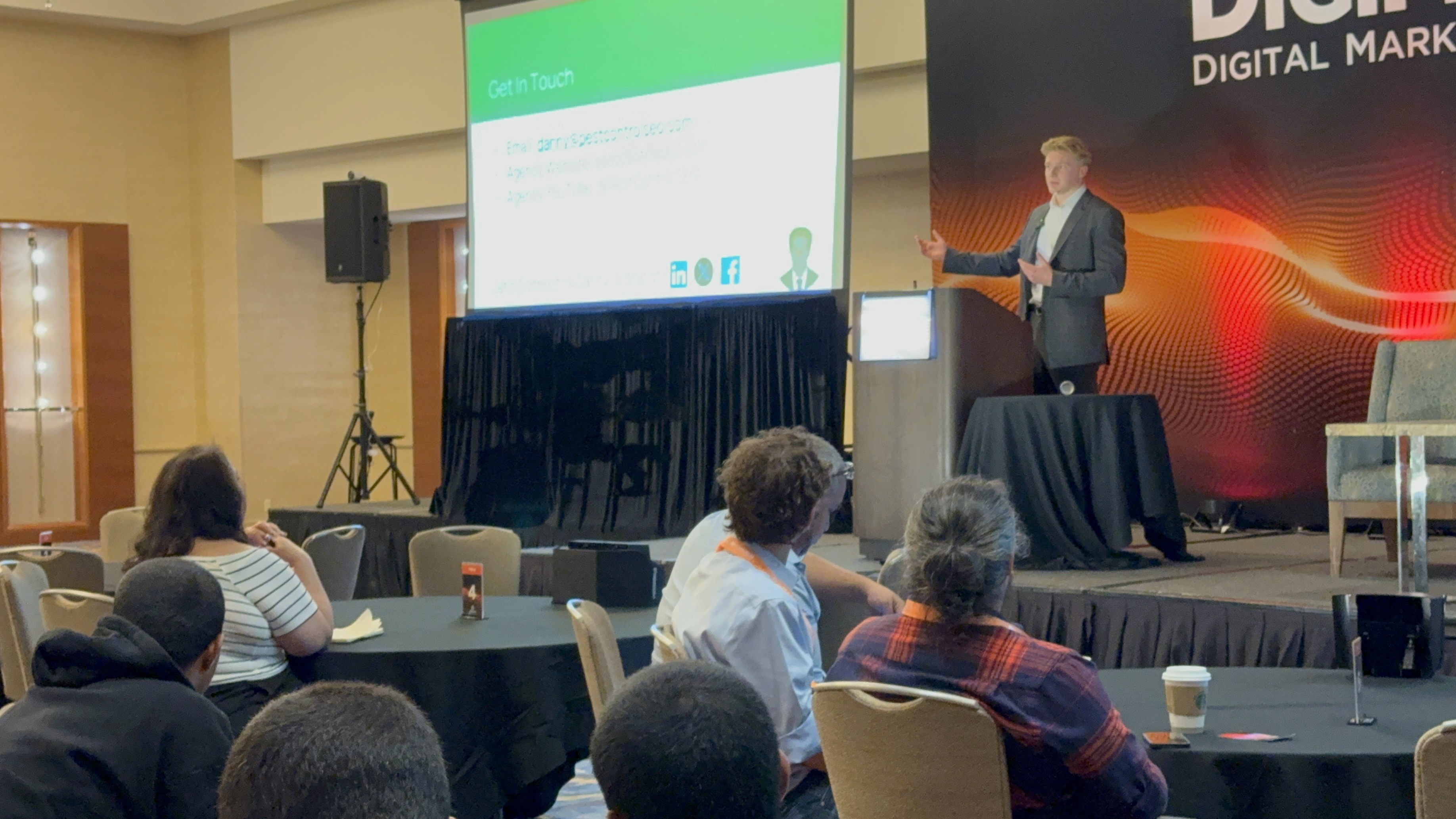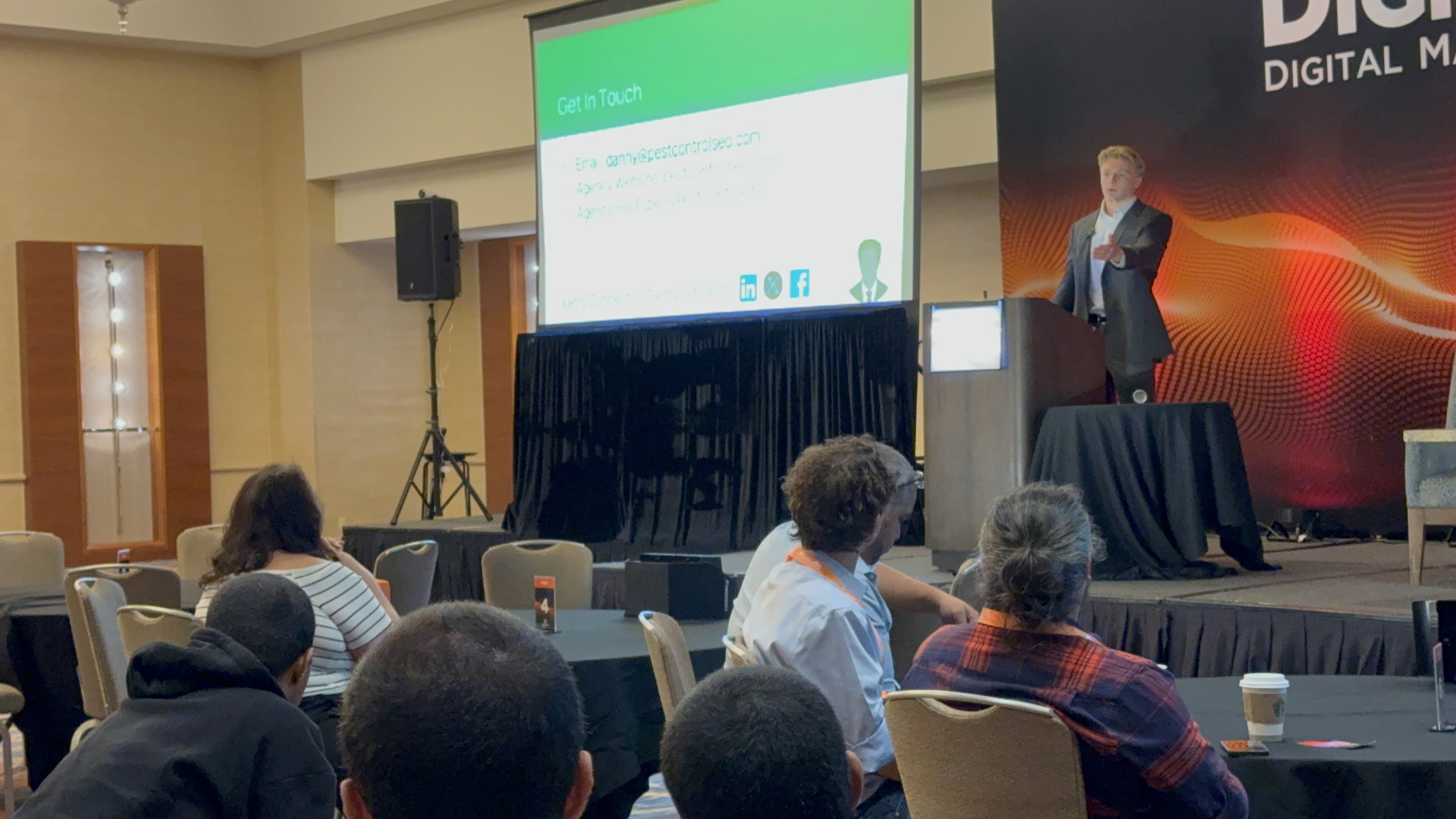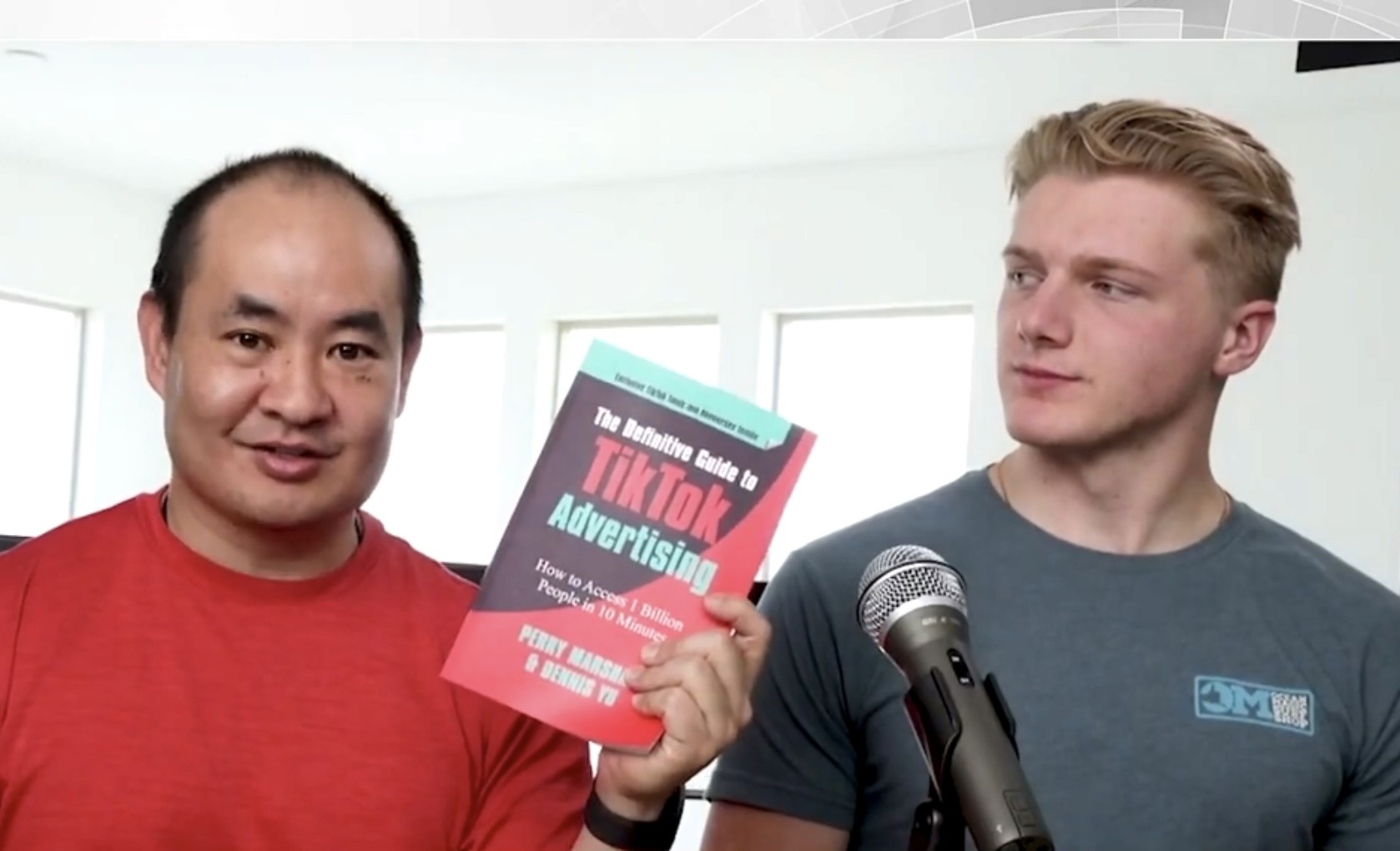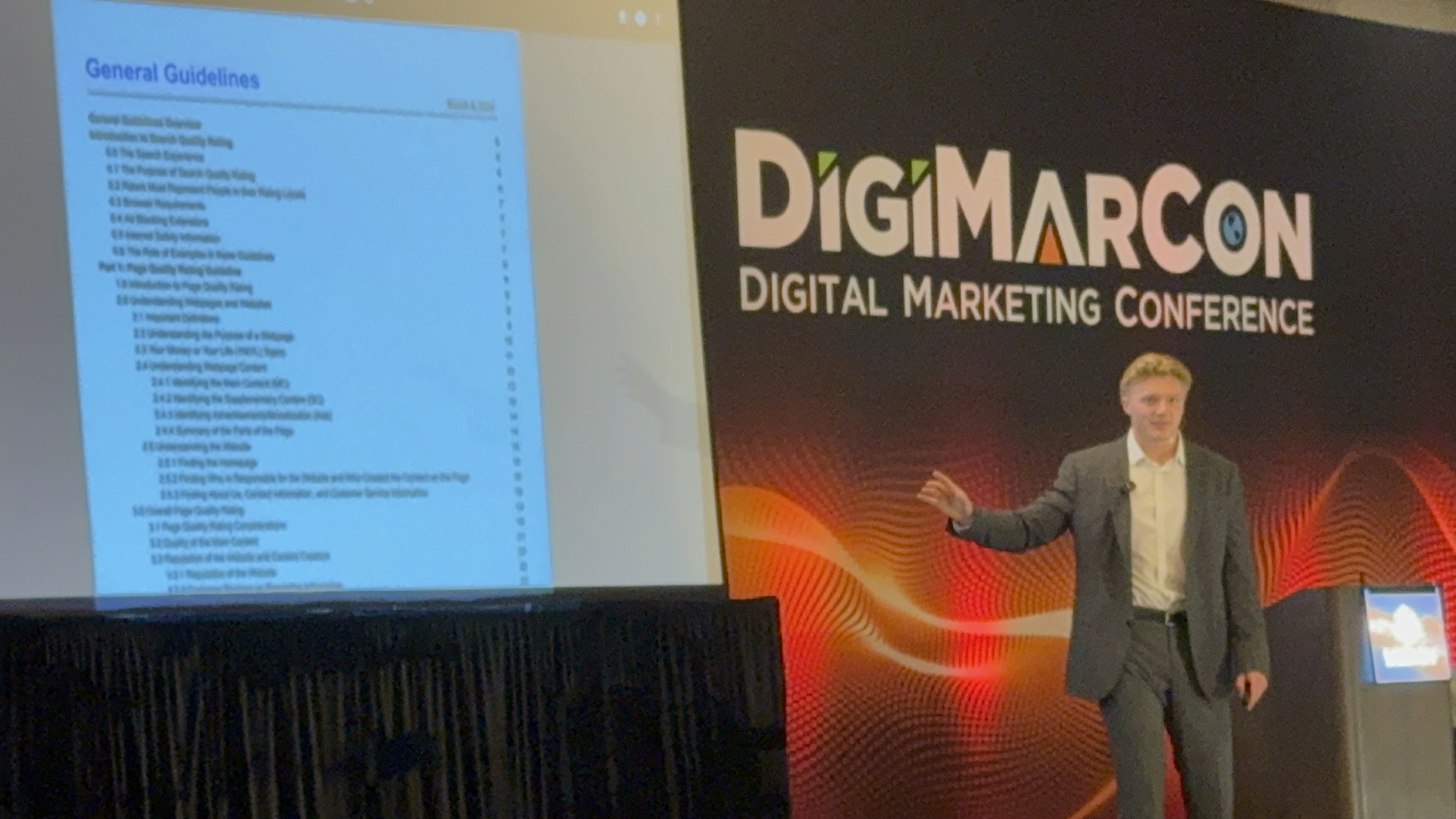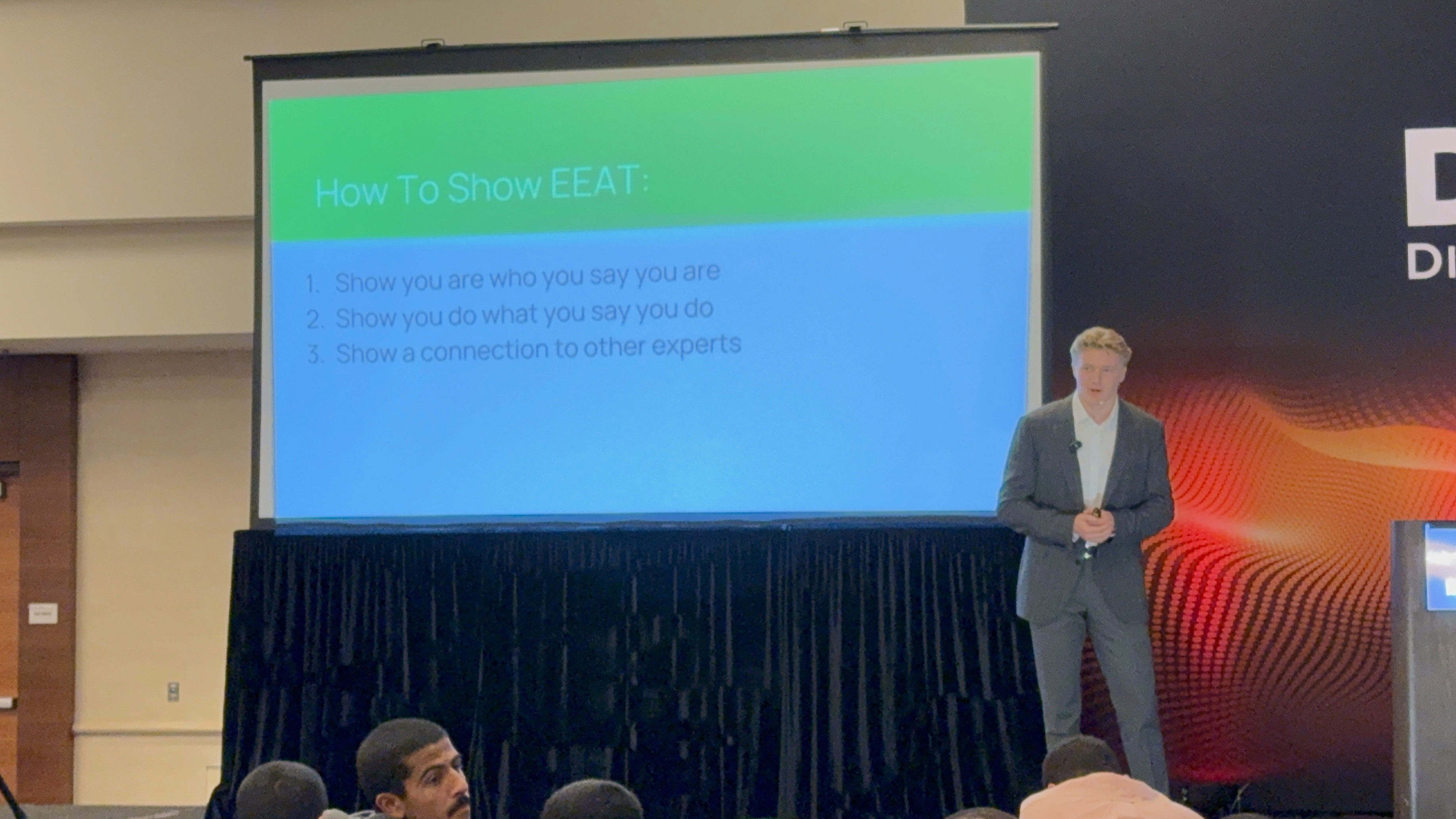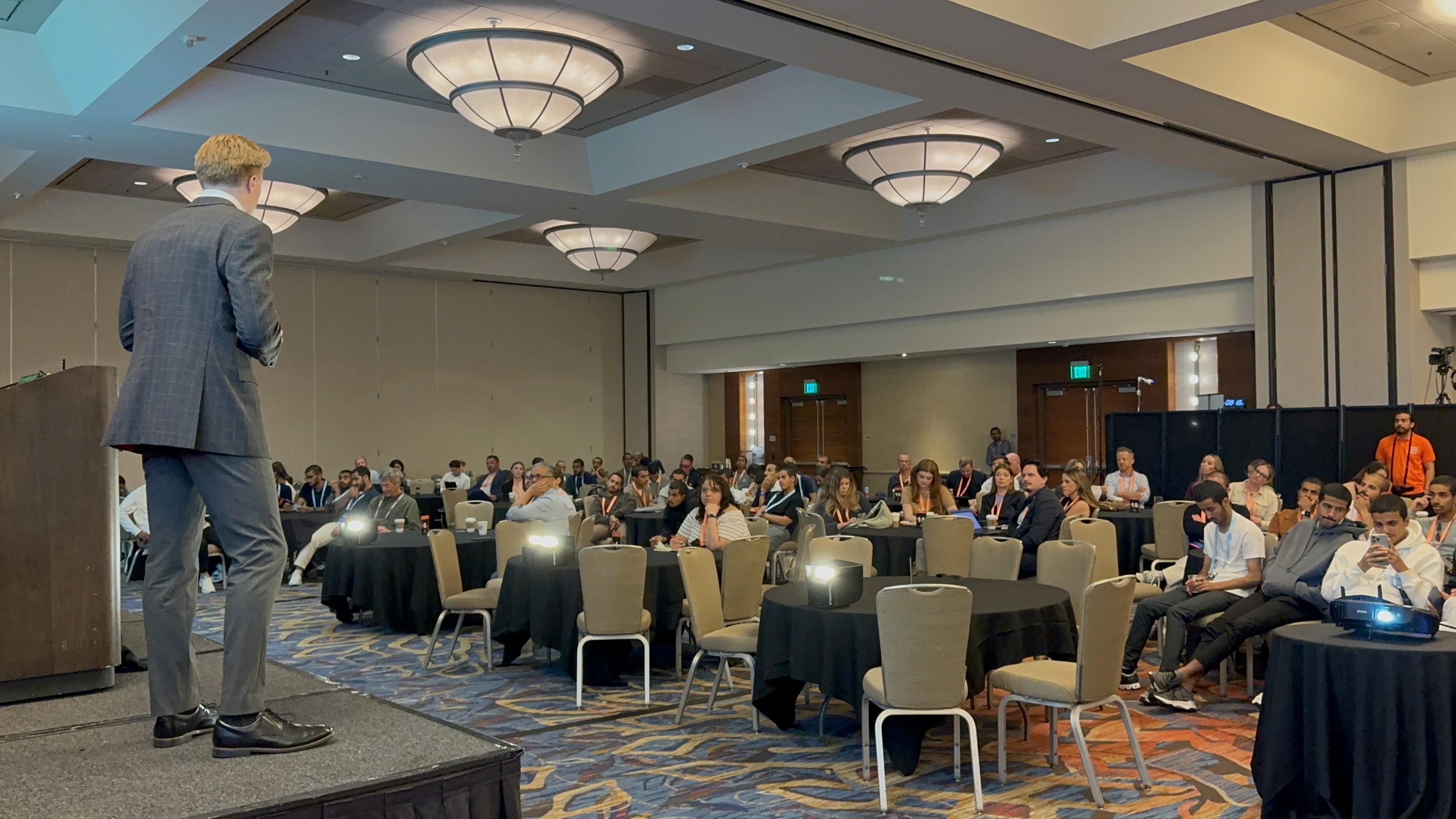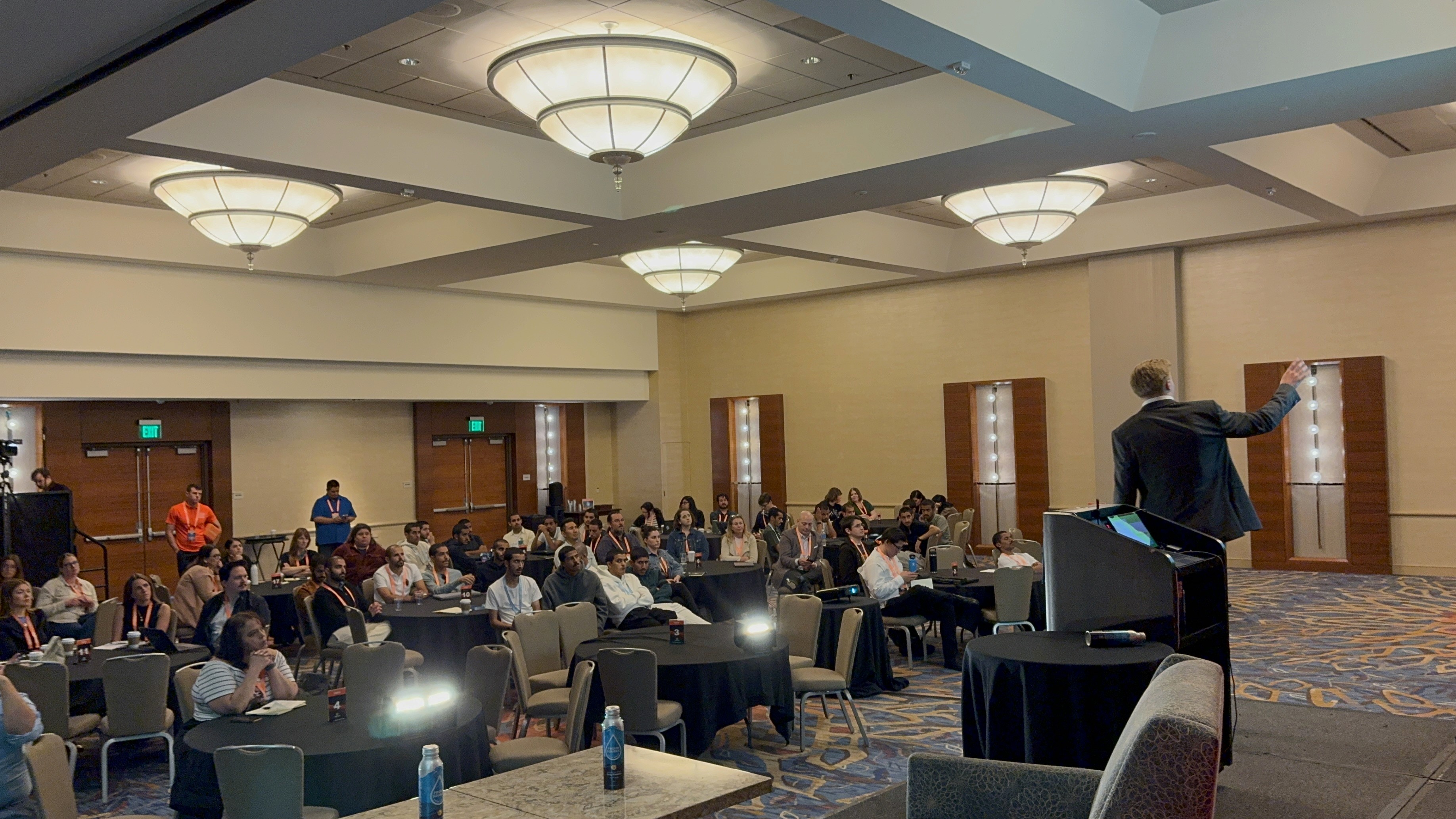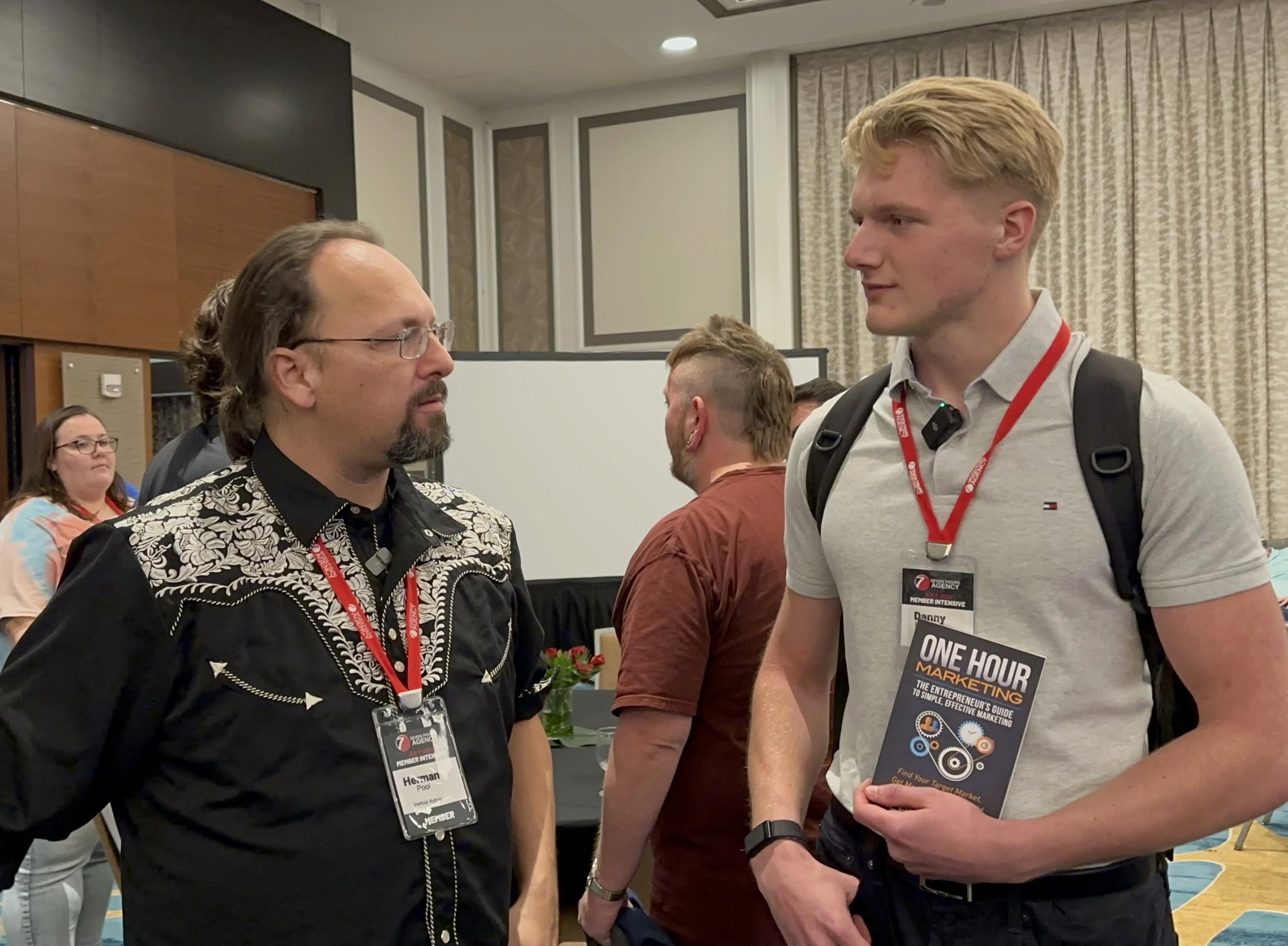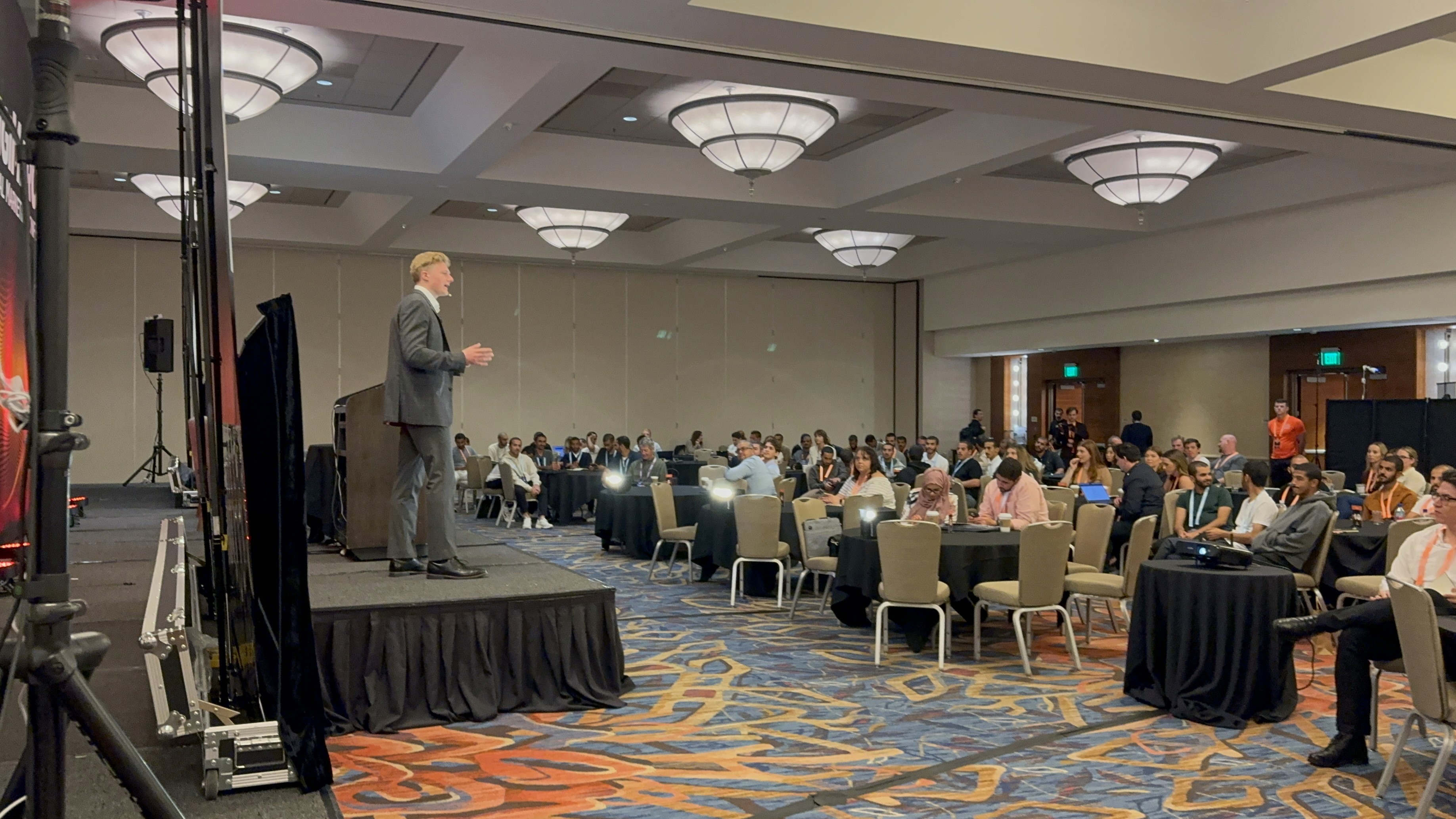Local Marketing Secrets
Inside The Mind of a Billion-Dollar SEO Strategist: Peter Rota
Dec 16, 2024
Hey everyone, Danny Leibrandt here, founder of Pest Control SEO—where we help pest control companies grow through the power of search engine optimization. Recently, I had the pleasure of interviewing an SEO heavyweight, Peter Rota, who’s spent over 13 years mastering the ins and outs of our field. Peter is currently a Senior Technical SEO at a billion-dollar company, has worked across various industries, and has amassed an impressive 50,000 followers on LinkedIn. Below, I’ve distilled our conversation into key takeaways that will help you better understand the world of SEO, build a strong personal brand, and adapt for the future of search.
/ / / / / / / /
Who Is Peter Rota?
Peter’s Background
Peter’s journey into SEO began like many of us—he stumbled upon it. He started with a sports blog, realized he needed a way to get more eyeballs on his content, and discovered the power of search engine optimization. Fast forward 13 years, and he’s helped businesses of all sizes, from small local shops to massive enterprises.
Early Career Lessons
Content drives traffic: Creating high-quality, relevant posts and promoting them is essential.
Experimentation pays off: Peter learned SEO by testing on his own blog.
Agency vs. In-House: He worked at agencies before moving in-house, which gave him perspective on both fast-paced agency life and the deeper, technically complex world of large enterprises.
Why Personal Branding Matters (Especially for SEOs)
Peter has built a personal brand that boasts 50,000 LinkedIn followers. Here’s why he did it—and why you should, too.
Build Trust and Authority
Posting regularly on LinkedIn (or any social media platform) helps establish you as a go-to resource in your industry. Even if you’re not big on video or camera work, simple text posts can do wonders for building credibility.Lead Generation
A strong personal brand can bring clients to your doorstep. Peter has received podcast invites, sponsored content opportunities, and referral work—all thanks to his online presence.Diversification Across Platforms
While LinkedIn is powerful, don’t ignore YouTube, Facebook, Instagram, or TikTok. Even for local businesses, potential customers may find you on social media before ever seeing your website.
Understanding SEO Basics
General SEO vs. Local SEO
General SEO: Focused on optimizing content to rank for broad keywords. You’re often competing on a national or global scale, which means more competition but also more potential reach.
Local SEO: Tailored to a specific geographic region. Instead of trying to rank for “pest control services,” you’d aim for “pest control services in Chicago.” Key factors include Google Business Profiles, local citations, and reviews.
The Power of Citations and Backlinks
Citations: Listings on sites like Yelp, Yellow Pages, Merchant Circle, and Chamber of Commerce directories that reference your Name, Address, and Phone Number (NAP). They establish business consistency and trust.
Backlinks: Think of them as “votes” from other websites. Quality backlinks signal to Google that your site is worth ranking.
Title Tags and Meta Descriptions
Crafting Title Tags: Make them keyword-rich (but not stuffed) and place your main keyword at the beginning. Also, include a compelling call to action or unique selling point to entice clicks.
Meta Descriptions: Though Google often rewrites them, having a concise, relevant summary of your page with a call to action can increase your click-through rate.
The Anatomy of an In-Depth SEO Audit
Peter talked about spending 20–25 hours on a single SEO audit. Here’s a snapshot of what goes into such a deep dive:
Technical Analysis
Crawl Depth: Ensuring key pages are no more than a few clicks from the homepage.
Robots.txt and XML Sitemaps: Confirming search engines can crawl and index your content properly.
Page Speed and Core Web Vitals: Improving load times, though not obsessing over perfect scores.
On-Page Factors
Title Tags and Headers (H1, H2, etc.): Checking for proper keyword usage.
Internal Linking: Linking to relevant service or blog pages to help Google understand your site structure.
Schema Markup: Using structured data to help search engines better interpret your content.
Off-Page Factors
Backlink Quality: Checking for low-quality or spammy links.
Local Citations: Consistency in NAP listings.
Content Strategy
Keyword Research: Targeting terms with real search volume that align with your business goals.
Competition Analysis: Assessing what others in your niche are doing to outrank them.
Content Optimization: Avoiding over-optimization and focusing on user value.
SEO for Enterprises vs. Smaller Businesses
Enterprise SEO
Longer Timelines: Approvals and implementations can take longer with multiple stakeholders.
Deep Collaboration: SEOs must work closely with developers, writers, and sometimes entire marketing teams.
Technical Complexity: Large sites often have more intricate setups, such as JavaScript frameworks or dynamic content.
Smaller Businesses
Faster Execution: Approvals come quickly; changes can be immediate.
Hands-On Owners: Business owners often need more education and transparent ROI to stay bought in.
Budget Constraints: Requires creative thinking to maximize the value of every marketing dollar.
The Future of SEO: AI and Beyond
AI on the Rise
Tools like ChatGPT and Bing’s AI Chat have shaken up how users get answers. While AI can speed up research and content generation, it isn’t perfect—especially for local queries. Homeowners still typically jump to Google Maps or Google’s main search for local services.
Content Diversification
Video and Visual Search: YouTube and TikTok are rapidly becoming search engines in their own right.
Social Media: Younger audiences often head to Instagram or TikTok instead of Google. Local businesses that show up in these feeds gain a competitive edge.
Staying Resilient
Brand Building: A strong brand helps you weather algorithm changes. Users search for you by name when they trust you.
Email Lists and Direct Traffic: Don’t rely 100% on Google. Grow your email list and social followings to keep traffic (and leads) coming independently.
My Key Takeaways from Chatting with Peter
Prioritize Trust
Whether it’s through personal branding or local citations, trust is the foundation for ranking well and converting visitors into customers.Technical SEO Matters
If Google can’t crawl your site efficiently, you’ll never reach your full potential. Invest the time to get it right.Don’t Over-Optimize
Quality over quantity. Stuffing keywords or building spammy links will do more harm than good.AI Is Here to Stay
Embrace it for research and content outlines—but local SEO still largely revolves around Google Business Profiles, reviews, and user experience.Always Evolve
SEO changes constantly. Staying active in communities, on social media, and experimenting with new tools is the key to long-term success.
Final Thoughts
My conversation with Peter reinforced the fact that SEO isn’t dead—it’s just evolving. Local businesses have unique opportunities to capture high-intent leads, especially if they handle the basics well: a solid website, good content, quality backlinks, and a strong presence on platforms like Google Business, LinkedIn, and even TikTok or YouTube.
Remember that SEO is a marathon, not a sprint. Whether you’re a solopreneur or leading a large enterprise team, focusing on user experience, brand building, and continuous learning will put you on the path to success.
P.S. Check out the full episode here:
Latest
More Blogs By Danny Leibrandt
Get the latest insights on business, digital marketing, and entrepreneurship from Danny Leibrandt.





















